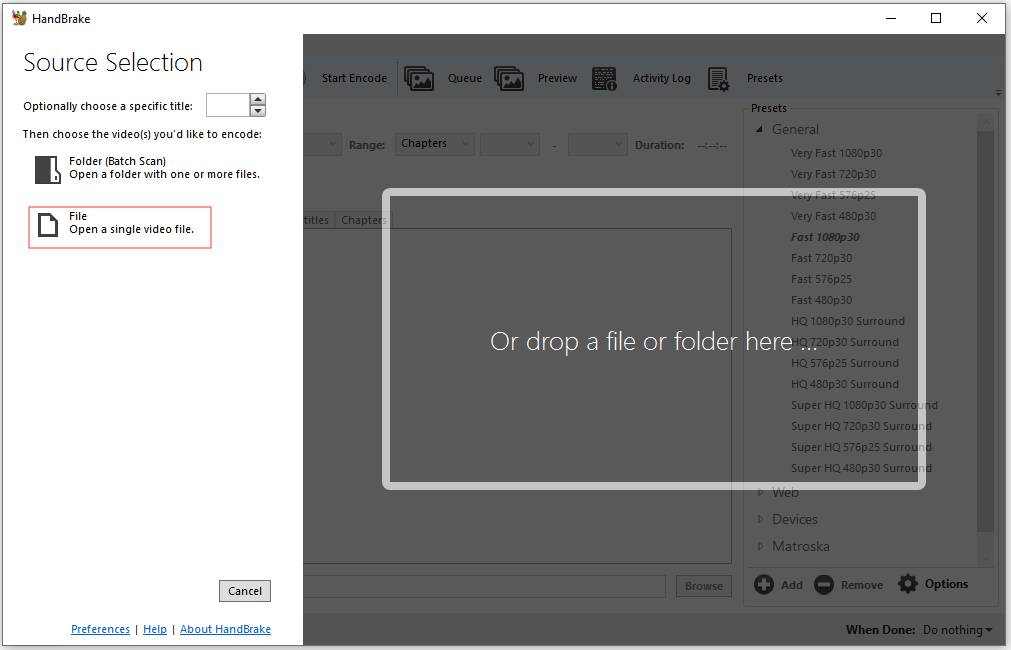

Voice: Add background music to the video from different sources. Text: Decorate your video with text with different font, color and style. Video Effects: Apply various effects to your videos by choosing from the list. Transitions: Select your favorite transition from the collection and use it to make the footage smoothly. Step 3: Some advanced features are located in the middle of the interface, like: Speed: Slow down or accelerate the video playback.Ĭolor: Change the parameters related to color. Trim: Open the Trim dialog to remove unwanted parts from the video. There are several options above the timeline: Step 2: After importing, drag and drop the video into the timeline. Hitting Import Media Files will add your videos for editing further. Step 1: Opening the video editor, you will get three sources for a new project. Now, let’s discuss how each of features works in AVS Video Editor.

The video editor is not available to Mac OS X and above or Linux. It will add watermark on videos if users does not register with personal information. It lacks most of high-end or innovative features, like 3D video editing. AVS Video Editor only support 10 video output formats, although the input formats supported are plentiful. After video editing, users can burn a video disc, share the result to Facebook and other social media, or export to hard drive. Users can find most commonly-used video editing tools, like trim, text, filters, etc. The camera feature will capture everything on the desktop or in front of Webcam. It contains over 300 effects and transitions to help users create beautiful and seamless videos.

The custom panel may seem a bit difficult at first, but users will get along quickly.


 0 kommentar(er)
0 kommentar(er)
